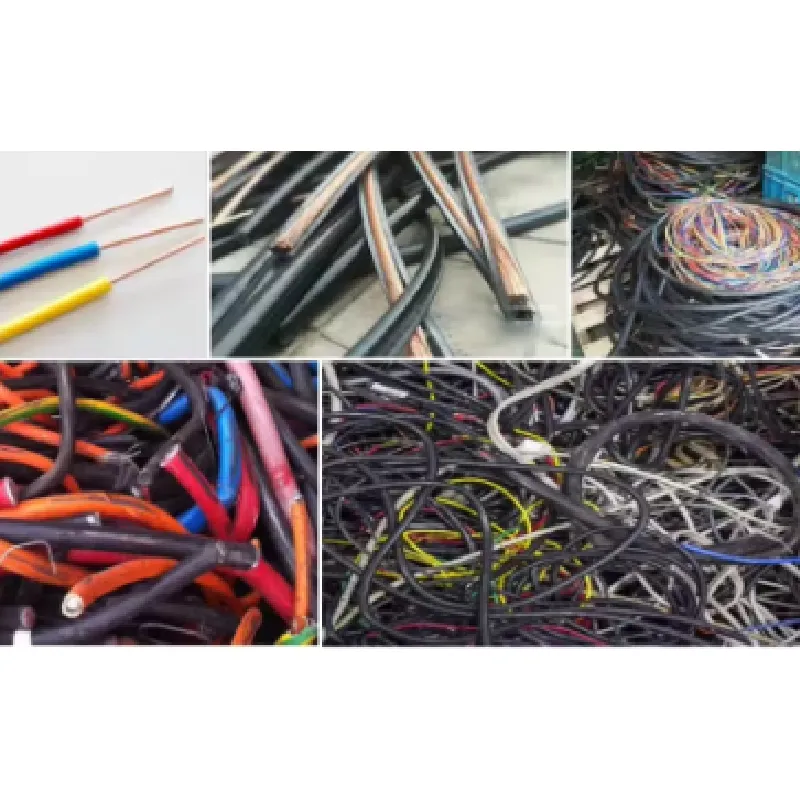

નવેમ્બર . 03, 2024 07:21 Back to list
When you find yourself with a broken television, the question of how to dispose of it becomes paramount. With advancements in technology, television sets have evolved significantly, and older models, especially those that are broken, can pose disposal challenges. Here’s a guide to help you navigate the process responsibly and sustainably.
Understanding the Importance of Proper Disposal
First and foremost, it’s essential to understand why proper disposal of broken TVs is critical. Televisions contain various hazardous materials, such as lead, mercury, and toxic chemicals, which can leach into the environment if not handled correctly. Disposing of a TV in a landfill can lead to environmental contamination and contribute to the growing electronic waste (e-waste) crisis. Therefore, finding a responsible method to dispose of your broken television is essential for protecting the environment and ensuring public safety.
Assessing Repair Options
Before considering disposal, evaluate whether your TV can be repaired. Sometimes, simple issues can be fixed easily and affordably, extending the life of your device. If the cost of repair is reasonable compared to the price of a new television, it is often worth pursuing. Contact local repair shops or manufacturers to see if they offer repair services for your specific model.
Donation and Recycling
If your TV is not functioning but is still in decent cosmetic condition, some organizations may accept it for repair or refurbishing. Non-profit organizations, schools, or community centers may welcome donations of broken electronics if they have the means to repair them. Before donating, always check their policies regarding broken equipment.

If donation is not an option, recycling is the next best step. Many communities have e-waste recycling programs specifically tailored for electronics like televisions. These programs ensure that the hazardous materials are handled appropriately, and usable components are recycled. Research local recycling centers or contact your city’s waste management department to find out about designated e-waste recycling events or drop-off locations.
Retailer Take-Back Programs
Another viable option is to check if the retailer where you purchased the television offers a take-back program. Many major electronics retailers have established programs to take back old TVs when new ones are purchased. They may charge a nominal fee for this service, but it ensures the television will be recycled correctly. Always inquire about the specifics of their recycling practices to ensure they follow safe and eco-friendly methods.
Municipal Collection Programs
Many municipalities hold special collection days or events for e-waste, including televisions. These events are often promoted in local news outlets or community bulletin boards. Additionally, some cities offer curbside pickup for large electronic items. Be sure to check your local regulations and schedules to take advantage of these services.
Conclusion
In conclusion, responsibly disposing of a broken television is crucial for both environmental protection and community health. Whether opting for repair, donation, recycling, or utilizing retailer take-back programs, it’s vital to ensure that you are choosing the most sustainable option available. Educating yourself about local regulations and available programs can make the process smoother and more environmentally friendly. By taking the time to dispose of your broken TV properly, you contribute to a healthier planet and set an example for responsible electronics disposal in your community.
Latest news
Troubleshooting Common Eddy Separator Problems
NewsJul.04,2025
The Role of Metal Recycling Plants in Circular Economy
NewsJul.04,2025
The Impact of Recycling Line Pickers on Waste Management Costs
NewsJul.04,2025
Safety Features Every Metal Shredder Should Have
NewsJul.04,2025
How Industrial Shredders Improve Waste Management Systems
NewsJul.04,2025
How Cable Granulators Contribute to Sustainable Recycling
NewsJul.04,2025